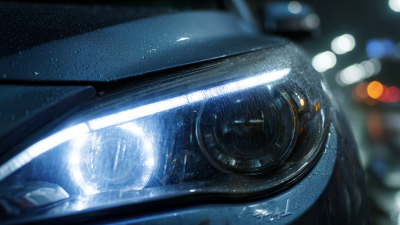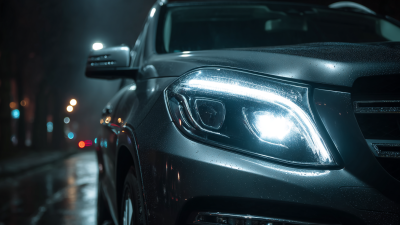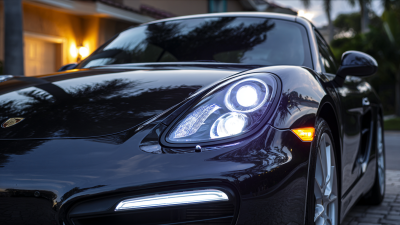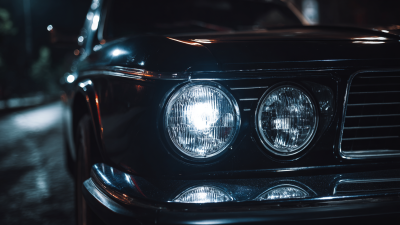When it comes to illuminating the darkest corners of the road or enhancing your outdoor adventures, choosing the right LED light bar is crucial. A recent report by MarketsandMarkets indicates that the global LED lighting market is projected to grow from $76.73 billion in 2020 to $163.3 billion by 2026, with LED light bars becoming increasingly popular for both off-road enthusiasts and commercial applications.
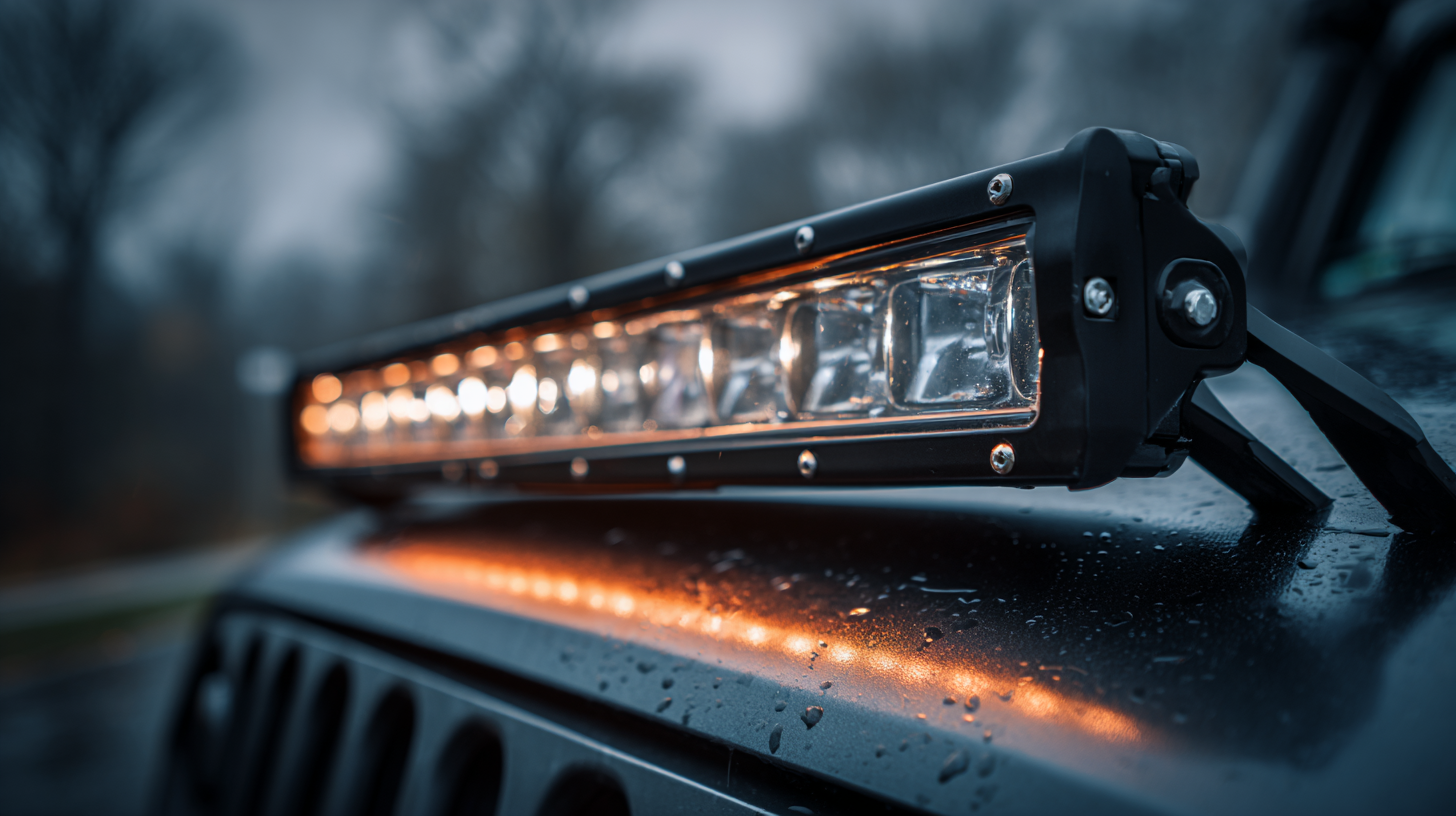
The versatility, energy efficiency, and durability of LED light bars make them a favored choice among users seeking optimal visibility in harsh conditions. However, with a plethora of options available, it can be daunting to find the perfect LED light bar tailored to your specific needs.
This guide provides seven essential tips to help you navigate the selection process, ensuring you make an informed decision that aligns with your requirements and enhances your lighting experience.
When selecting the perfect LED light bar, understanding brightness measured in lumens and color temperature is crucial. Lumens indicate the light output; the higher the lumen count, the brighter the light. For example, a typical off-road light bar can emit anywhere from 1,200 to 24,000 lumens depending on its size and intended use. According to industry reports, choosing a light bar with at least 6,000 to 12,000 lumens can significantly enhance visibility during nighttime driving, especially in rugged terrains.
Color temperature, measured in Kelvins (K), plays a vital role in determining the quality and color of the light emitted. A color temperature around 3,000K provides a warm yellow light that penetrates fog and rain better than cooler temperatures, enhancing safety and performance in adverse conditions. On the other hand, a cooler temperature range of 5,000K to 6,500K offers a bright white light that resembles daylight, maximizing clarity and reducing eye strain for extended use. Industry analyses suggest that for optimal performance, pairing high lumens with a carefully selected color temperature can profoundly impact your LED light bar's effectiveness and overall satisfaction.

When it comes to choosing the right LED light bar, understanding the different beam patterns is crucial for optimal performance. Primarily, there are two main types of beam patterns: spot and flood. Spot beams are designed to project light over a long distance, making them ideal for high-speed applications such as off-roading, where visibility at a distance is essential. According to a report by the National Off-Highway Vehicle Conservation Council (NOHVCC), spot beams can illuminate objects up to 800 meters away, allowing drivers to identify potential hazards well in advance.
On the other hand, flood beams deliver a broader, more diffused light pattern, perfect for illuminating wide areas at short distances. This makes them particularly useful for tasks that require immediate visibility, such as working in close proximity to a vehicle or campsite. The Light Emitting Diode (LED) Industry Association highlights that a well-designed flood light can cover an area of up to 100 square meters, ensuring safety and enhancing the overall user experience. Many LED light bars combine both beam patterns, providing versatility for various applications and making it easier for users to adapt to different environments and needs.
This chart illustrates the lumen output for common LED light bar beam patterns, demonstrating that spot beam patterns generally provide higher lumens for focused illumination, while flood beam patterns offer broader coverage with lower lumen output.
When selecting the ideal LED light bar, evaluating wattage and power consumption is crucial, as these factors significantly impact performance and efficiency. Higher wattage typically indicates greater brightness, but it’s essential to balance this with your specific lighting needs and the voltage of your setup. Opt for a light bar that offers the right amount of lumens without excessive power draw, ensuring you don’t compromise on energy efficiency.
One tip is to consider the type of LED used in the light bar. Different LEDs can provide varying levels of brightness and effectiveness at lower wattages. Look for light bars utilizing high-performing LEDs that maximize light output while minimizing energy consumption. Additionally, pay attention to features such as dimmers or smart controls that allow you to adjust power use based on your needs, further enhancing efficiency.
Another important aspect to keep in mind is heat dissipation. Excessive heat can reduce the lifespan of your light bar, affecting both performance and efficiency. Choose models designed with adequate cooling mechanisms, which help maintain optimal operating temperatures and prolong the life of the unit. This thoughtful approach will enable you to enjoy consistent performance while keeping energy costs in check.
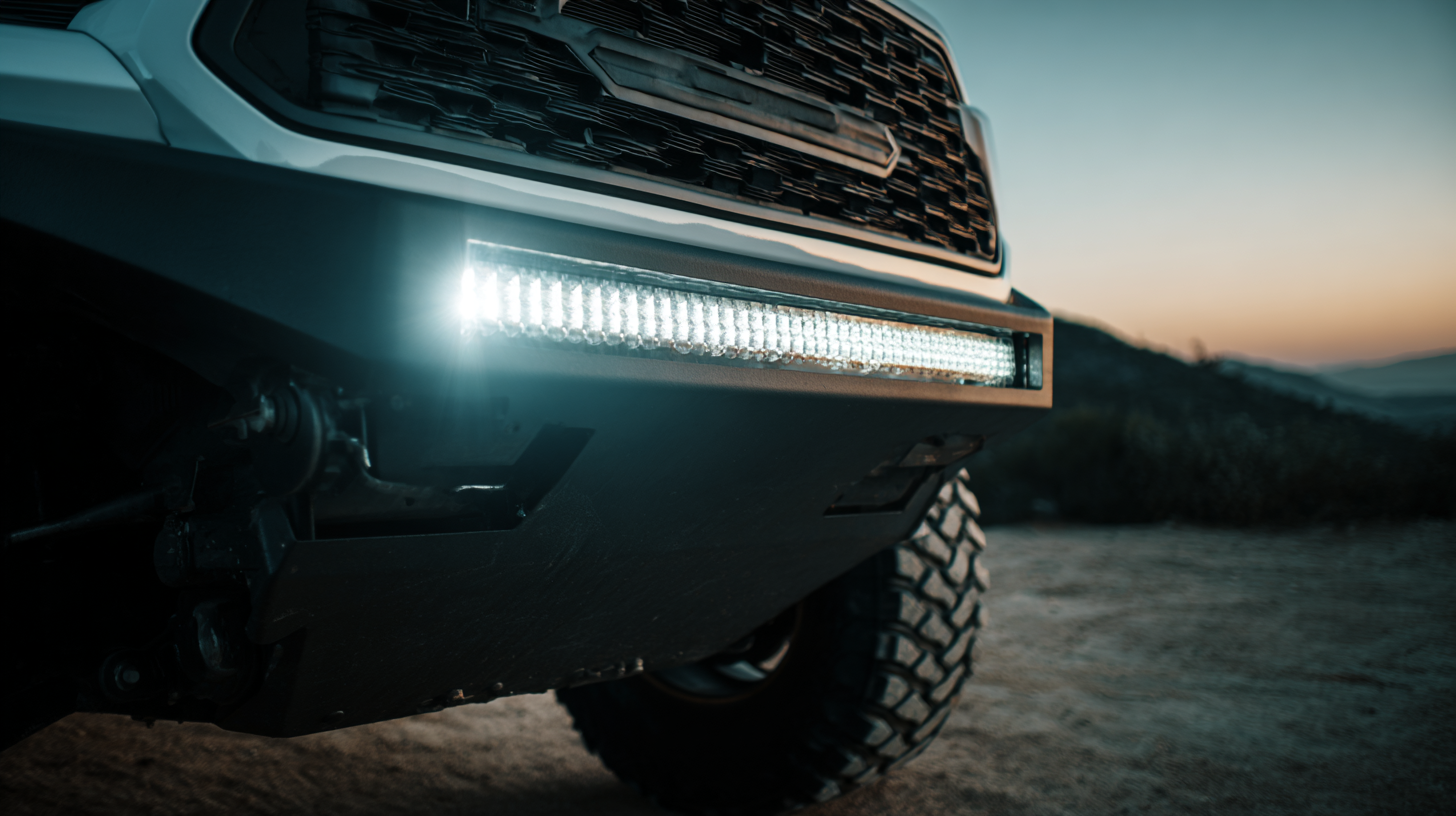 When selecting an LED light bar, durability should be a primary consideration,
particularly the IP (Ingress Protection) rating and material quality. The IP rating, which ranges from
IP00 to IP69K, indicates the level of protection against dust and water. For example,
an IP67 rated light bar can withstand immersion in water up to one meter for 30 minutes, making it
suitable for harsh weather conditions. According to a 2022 industry report from the LED Lighting
Association, choosing products with an IP rating of at least IP65
significantly reduces the likelihood of corrosion and water damage, thereby extending the lifespan of the light bar.
When selecting an LED light bar, durability should be a primary consideration,
particularly the IP (Ingress Protection) rating and material quality. The IP rating, which ranges from
IP00 to IP69K, indicates the level of protection against dust and water. For example,
an IP67 rated light bar can withstand immersion in water up to one meter for 30 minutes, making it
suitable for harsh weather conditions. According to a 2022 industry report from the LED Lighting
Association, choosing products with an IP rating of at least IP65
significantly reduces the likelihood of corrosion and water damage, thereby extending the lifespan of the light bar.
Material quality is another critical factor in ensuring longevity. High-grade aluminum and polycarbonate lenses offer superior resistance to impact and environmental exposure, thereby enhancing durability. A study by the International Association of Lighting Designers revealed that LED light bars constructed with robust materials can last up to 50,000 hours of operational use, whereas lower quality options may fail within a couple of years. Investing in well-constructed LED light bars not only enhances performance but also provides long-term savings by reducing replacement costs and maintenance needs.
When considering an investment in LED light bars, understanding the balance between cost and quality is crucial to achieving the best value. According to a report from LEDinside, the global LED lighting market is expected to reach $118 billion by 2025, reflecting the growing popularity and efficiency of LED technology. However, not all products are created equal; lower-priced options may compromise on critical features such as brightness, durability, and energy efficiency. For instance, a basic 20-inch LED light bar might cost around $50, but it could provide only 1,200 lumens, whereas a premium option priced at $100 could deliver around 3,000 lumens while being more energy-efficient.
Moreover, looking beyond the upfront cost is essential. A comprehensive study by the U.S. Department of Energy found that while LED lighting may have a higher initial price, the long-term savings in energy consumption and lifespan (often exceeding 25,000 hours) make them a cost-effective choice. This means that a more expensive LED light bar may actually provide better value over time, offering superior brightness and longer durability, which minimizes the need for replacements. Therefore, making an informed decision involves evaluating both the initial investment and the potential savings, ensuring that you select an LED light bar that meets your specific needs without compromising on quality.
